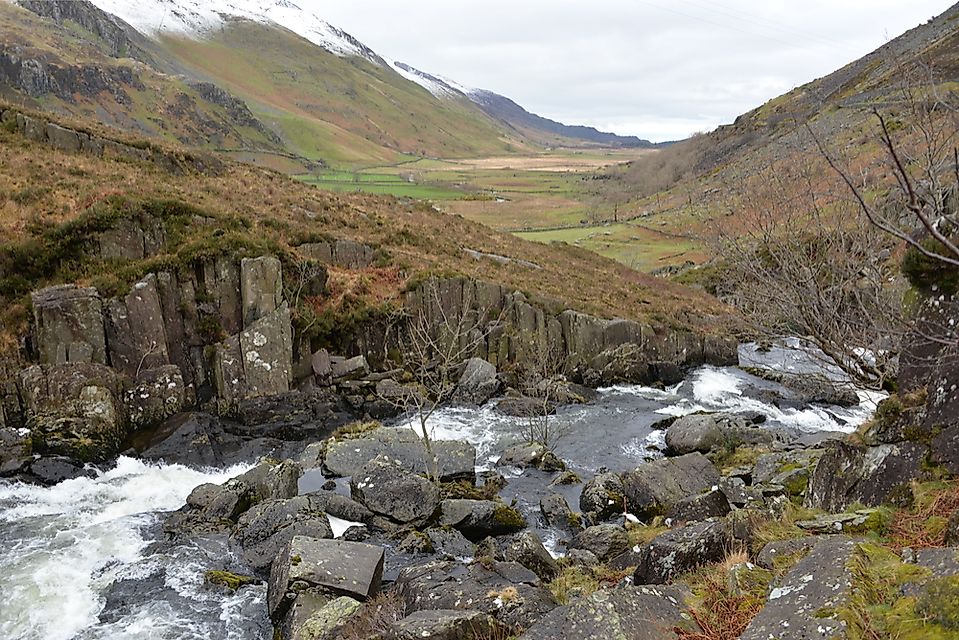What Is a U-shaped Valley?

What Is a U-Shaped Valley?
A U-shaped valley is a geological formation characterized by high and steep sides and a rounded or flat valley bottom. As a result, U-shaped valleys have a distinct U-shaped outline. U-shaped valleys can measure thousands of feet in depth and stretch for several miles in length. These valleys are unique in that they have much wider bases than typical valleys, which tend to have narrow bottoms that form a V-shape. U-shaped valleys are found all over the world, but are particularly common throughout mountain ranges. This particular formation may also be referred to as a trough valley or a glacial trough.
How Is a U-Shaped Valley Formed?
U-shaped valleys are the result of glacial erosion, which typically occurs in pre-existing V-shaped valleys. V-shaped valleys, in contrast, are the result of rivers carving their course through the land. A glacier can take anywhere from 10,000 to 100,000 years to flatten out the bottom of a V-shaped valley and create a U-shaped valley. This erosion process occurs during periods of low temperatures, which are the result in the formation of glaciers along the mountain top. After formed, these glaciers begin to move, sliding slowly down the side of the mountains and into the valley below. Because the V-shaped valley constrains the movement of the glacier, its force is concentrated in the floor. This downward concentration of strength allows the glacier to dig into the ground, creating the flat-bottomed valley that is characteristic of U-shaped valleys. As the floor of the valley widens, the sides surrounding it are also eroded, leading to the high and steep sides seen today. Additionally, U-shaped valleys tend to be straighter than V-shaped valleys because of the non-bending movement of glaciers.
U-Shaped Valleys Around the World
U-shaped valleys are located all over the world, particularly in areas with high mountains, as this is where glaciers were able to form. Some examples of U-shaped valleys include Zezere Valley in Portugal, Leh Valley in India, and Nant Ffrancon Valley in Wales. Many national parks in the United States are also home to several U-shaped valleys, including Yosemite National Park (California) and Glacier National Park (Montana).
A clear example of a U-shaped valley in Yosemite National Park can be seen from above the well-known Half Dome rock formation. The rock, which resembles its name, forms one side of the glacial valley that works its way through the granite mountains. The bottom of the valley is filled with a forest habitat. Glacier Point offers the best viewpoint of the valley.
The St. Mary River flows through a U-shaped valley in Glacier National Park. The valley begins just after the start of the river, which itself begins as a stream below Gunsight Mountain, which stands at 9,263 feet above sea level and is covered in glaciers.











